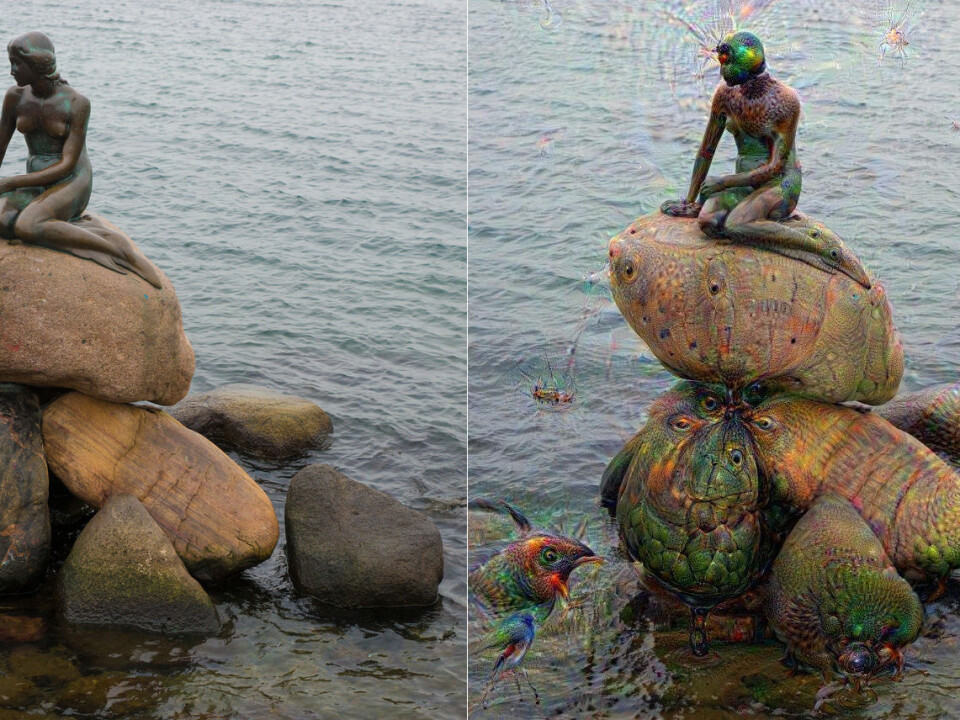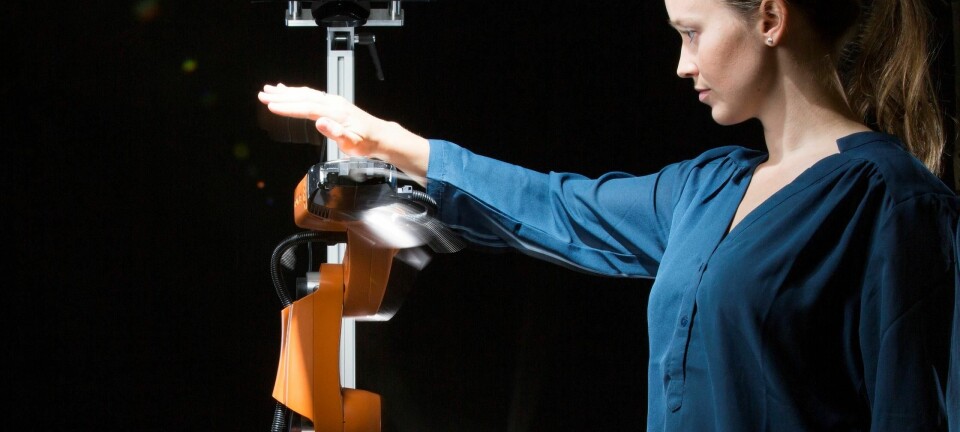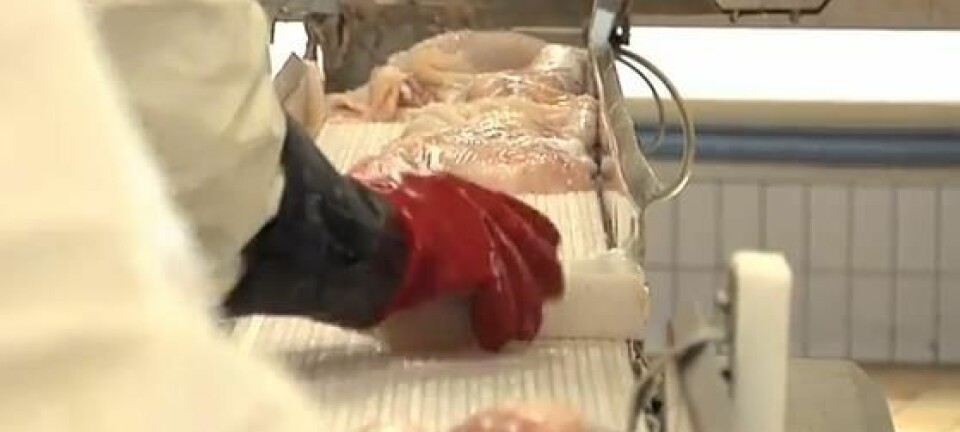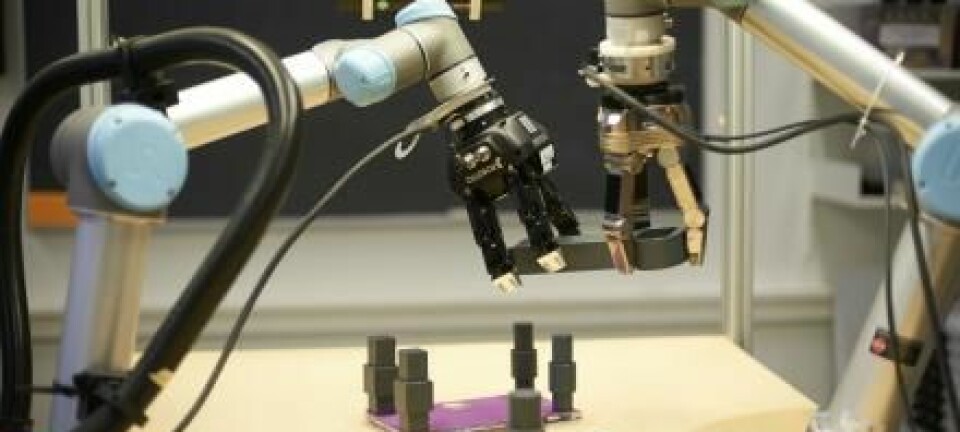
Creative machines: The next frontier in artificial intelligence
Artificial intelligence is making huge advances but it still struggles to be creative or collaborate with us.
Imagine if machines were as creative and collaborative as humans. By working together with a creative, computer intelligence, you might produce a beautiful piece of art in only a few hours.
But even though artificial intelligence keeps improving, this dream is still far away. It turns out that teaching computer programs to play chess is much easier than teaching them to help us write symphonies.
AI creates content for video games
As big data tasks become easier for AI to solve, the challenges of computerised creativity become more exciting. Submissions to the International Conference for Computational Creativity (ICCC) are at record highs, and modern video games often use creative algorithms to invent new levels, creatures, or even artificial flowers.
Creating game content automatically is known as Procedural Content Generation--a research area where Danish scientists are at the forefront.

For example, researchers from the IT University of Copenhagen, Aalborg University, and New York University wrote the first textbook for this new area and continue to invent new approaches, like games built entirely by computers and games driven by data taken from Wikipedia or other massive public databases.
AI teaches us about human creativity
Beyond games, computers are beginning to compose music by themselves, and can even create interesting paintings.
For example, Google scientists have created a program called Deep Dream that makes a simulated brain hallucinate, resulting in surreal, psychedelic images. Others have created programs that can paint any image in the style of another one, so it is easy to change your selfie into the style of Van Gogh.
One interesting side effect of making creative machines is that we might gain new insight into the nature of human creativity and innovation, which is often surrounded by an aura of reverence and mystery.

For example, trying to design inventive robots led Jurgen Schmidhuber to a new theory of creativity and fun, and the recent popular science book Why Greatness Cannot be Planned was inspired by research into creative algorithms.
Humans and AI can do more together
One mistaken vision of AI’s future is seen in the movie “The Terminator,” where AI-gone-wrong aims to destroy humanity. But creative, collaborative AI helps us to see the real world possibilities for much brighter outcomes.
Teams of humans and creative machines can accomplish much more in collaboration with each other, than either could on their own. Delicate human intuition can complement the powerful number crunching of computers, freeing us humans to do what we do best.
In the end, the hope is that powerful artificial intelligence will lead not to a sci-fi dystopia, but to a happy and productive union between man and machine.









